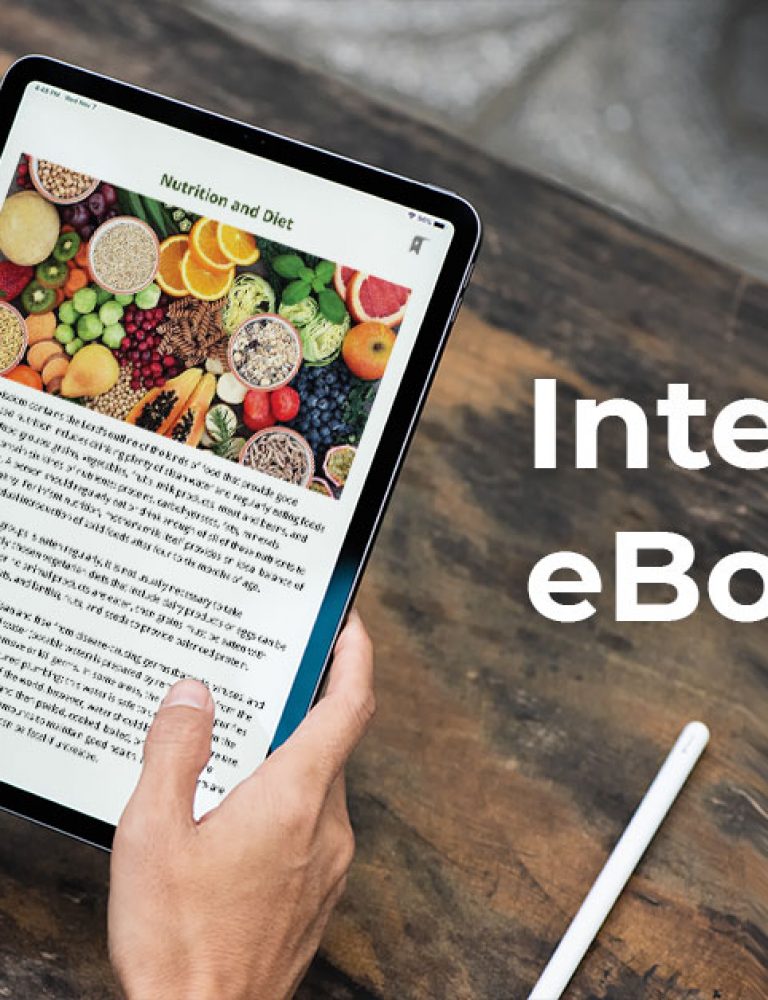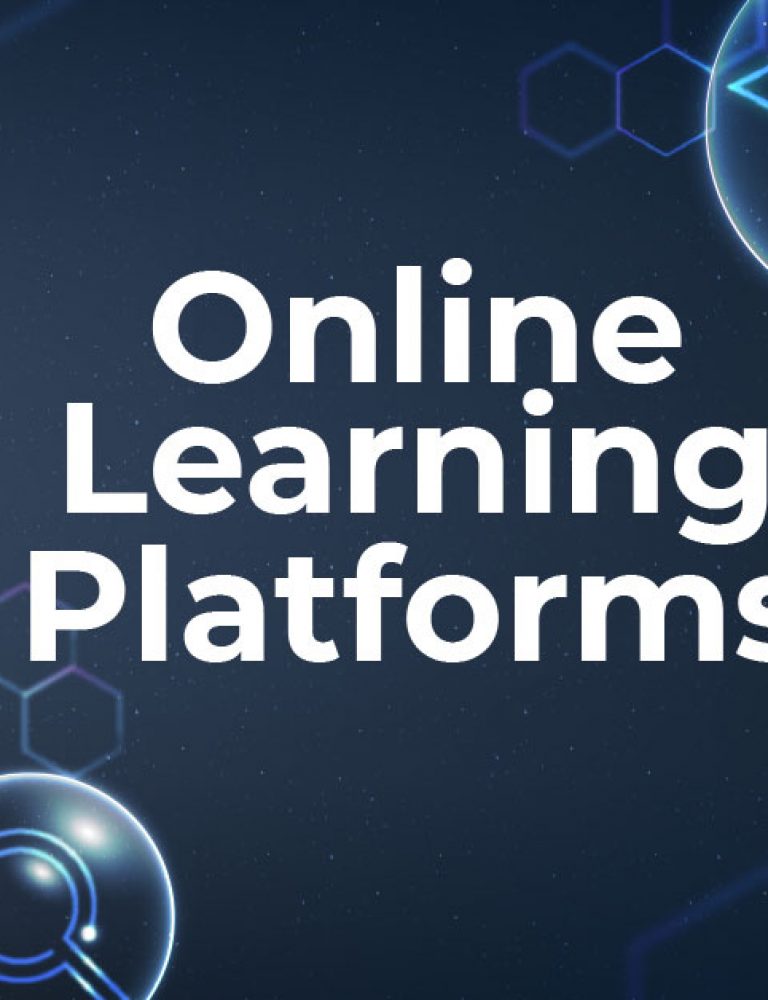The effects of technology have been felt across the board. In education, students have benefited from using computers, smart devices, and tablets. Modern technologies, when implemented in the classroom to complement traditional teaching methods, can help professors teach better, and students retain the knowledge they gather.
In the coming years, expect to see more cases of technology improving education. Just in the US alone, spending on education technology is now over $13BN. However, how does technology help students learn exactly? Here are four ways tech is going to make teaching better for the coming generation.
1. Digital Models and Simulations
Most traditional learning methods are not as practical as we would wish them to be. Since it has been proven that people learn things differently, it might not be effortless for some students to understand some concepts that are taught in class. Read more about Is Online Education Better than Traditional Education.
However, adding digital simulations to the traditional pen and paper learning can help students not only understand specific topics better but also retain this knowledge for longer.
Teachers can also use digital models to explain things that would be difficult without technology. For programming students, for instance, digital models can help understand different concepts within tech stack.
Whether it is in K-12 or university, educators who embrace digital learning activities can make their lessons more interactive, enjoyable, and straightforward for their students.
Here are 8 Reasons to Create Interactive Textbooks for Engaging K-12 Students
Whitepaper:
The State of Digital Content in Global K-12 Education
2. Free Open Source Databases
Common knowledge is that you can search for almost everything on the internet and find it. The vast amount of information available is profound.
For students, there are thousands of free databases, short courses, research materials, etc. on the web. Today, some students are solely learning online and earning certificates, diplomas, or degrees.
In addition, with computer access in the classroom and at home, these resources are now closer to students. According to the 2018 Global Census Report done by Cambridge International, 50% of students surveyed worldwide use a desktop in their classroom.
Free learning resources help them catch up. Of course, they are useful to educators too. For example, teachers can specify materials for further reading on the internet and as such, move through the syllabus faster.
3. Cloud Storage
Since the invention of cloud storage, businesses, governments, and institutions have reaped their great benefits. In education specifically, the Cloud has simplified and empowered knowledge sharing. One way the Cloud has improved learning is by enabling students to save on textbook costs through cloud texts.
Soft copies are easier to read and find specific topics. In addition, when researching, a student does not need to go through hundreds of pages of text. They can search the phrase or term.
The Cloud has made access to stored educational information more natural too. So, no more carrying around flash drives, hard disks, CDs, or other storage devices. Moreover, students do not need to worry about essential notes or research work getting lost if a device they have stored it in gets broken, stolen, or misplaced.
Students can also share and collaborate through the Cloud. They can also submit assignments to educators too. In a single click, you can send and receive files on the Cloud wherever you are.
Here’s more about Will eBooks Change K-12 Education
4. Fun Learning
The best way for a student to learn is by practicing. By leveraging technology, students can get to practice while having fun at the same time. Moreover, by infusing fun in the process, students can engage with their learning material more and retain what they study more effectively.
Today, learners from across the world are using tech devices such as computers, smartphones, tablets, and so forth to learn while playing games. Better yet, they can now live stream videos when they want to get a better understanding of a specific concept or subject.
Teachers are also being trained on how to leverage technology to infuse fun in the learning process. They can now use tech to make listening, speaking, reading, and writing activities a pleasure.
Here are 8 Smart Ways to Use Interactive eBooks in Classrooms
Conclusion
There are several instances of technology usage in education today. The benefits range from improving collaboration and personalization to making classrooms more interactive.
The Cloud and free web resources have made accessibility to learning materials cheaper and more convenient for students and educators alike.
Since technology continues to improve daily, more application of tech in education will be realized in the coming years. So, expect the teaching and learning environment to have changed rapidly in the next decade or less.
Related:
9 Reasons for the Growth of eLearning in Education
10 Must-Have Features of an Online Education Platform
Pre-K Learning: Enhancing Education with Digital Technology
Are eTextbooks The Next Big Thing in K-12 Education?
Top 7 Innovations in K-12 Education
Guest Contribution by – Anzhela Sychyk
DISCOVER HOW AN INTERACTIVE EBOOK PUBLISHING & DELIVERY PLATFORM CAN HELP YOU
Kitaboo is a cloud-based content platform to create-publish & distribute interactive mobile-ready ebooks.
You May Also Like







